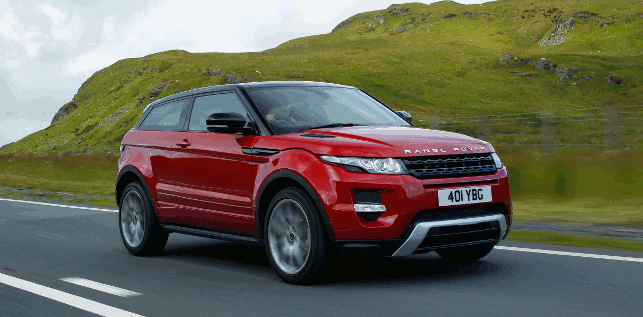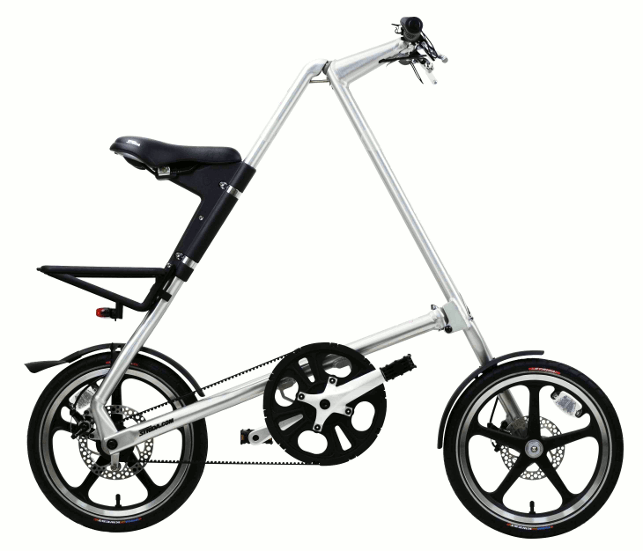Have we become immune to design knock-offs from China? Tanya Weaver recently came across a blatant copy of a great British design and thinks more has to be done to protect intellectual property
I recently saw a photo online of a bright green Range Rover Evoque. It caught my eye as it’s one of my favourite cars but in a somewhat unusual colour, I thought.
However, a quick scan of the article revealed that it wasn’t an Evoque from the British marque Jaguar Land Rover (JLR) but rather a copycat design and what appears to be a rather blatant one at that.

The iconic Land Rover Evoque
The copycat is LandWind owned by a joint venture company formed between Changan Auto and Jiangling Motors.
It launched the Land Wind X7 at the Guangzhou Motor Show where the car immediately caught the eye of Ian Callum, director of design at Jaguar, who tweeted a photo and wrote ”New LandWind from China. At Guangzhou auto show. Haven’t we seen this before somewhere??”
You could argue that car designers are inspired by other cars and might ‘borrow’ aspects of designs to use in their own. But the Evoque has a distinctive look and in profile, the LandWind X7 appears to be the same car. I was astonished that it wasn’t.
Even the lights, radiator grill, wheel design and logo font on the front and back appear to have been lifted from the Evoque.
China is a very important market for JLR, accounting for a quarter of its global sales. In a joint venture with Chinese car maker Chery it recently opened a new manufacturing plant near Shanghai where Evoques will be produced to feed the growing demand.

Spot the difference: The LandWind X7 and the Range Rover Evoque
The irony is that while LandWind revealed its Evoque lookalike at the Guangzhou Motor Show, JLR was launching its first Chinesebuilt Evoque just a few stands away.
Of course the LandWind X7 will also retail for far less than the Evoque — £14,000 compared to £40,000-plus. So, there is a very strong possibility that it will drastically affect sales of the Evoque in this market.
JLR is not taking this potential breach of its intellectual property lying down.
As JLR chief executive Dr Ralf Speth told trade magazine Autocar, “The fact that this kind of copying is ongoing in China is very disappointing… the intellectual property is owned by JLR and if you break that IP then you are in breach of international regulations.
“I will talk to our officials and I will talk to our partners at Chery to find a way round this situation. I cannot imagine Chinese officials will be happy at any actions that undermine the credibility of the country.”
This story made me angry so I took to twitter to vent my outrage and many felt like I did including designer Mark Sanders who is a victim of IP theft himself.

Mark Sander’s Strida folding bicycle
Sanders invented the Strida folding bicycle, which launched in 1987 and which has a distinctive triangular design (read DEVELOP3D October 2012 cover story).
He admits to having spent every waking hour obsessed with this project and quite literally blood, sweat and tears went into its creation.
So, it must be galling that, despite it being protected by patents, the design has been copied and copied again.
Sanders recommended I watch an episode of Fake Britian, a BBC series that reveals the extent of fake goods in the UK.
This particular episode on fake folding bikes (Series 5: Episode 11 which aired on 1 December 2014) dealt with the amount of near identical Brompton Bikes and Stridas on the market. Like the Evoque, both Brompton and Strida are very iconic designs so you’ll be forgiven for thinking it’s the real thing without looking at the logo.
Sanders, who is interviewed in the programme, revealed a rather astonishing fact — the official Strida manufacturer in Taiwan only produces ten per cent of the Strida bicycles that arrive on the market each year, the remaining 90 per cent are fakes and are churned out by Chinese factories. And these factories allegedly have no quality control.
Sanders then went on to ride around on one of these fakes and discovered that the construction is flimsy, the cranks and pedals are loose and the brakes terrible. In other words, he said they’re dangerous.
Sanders is an optimistic guy and realises that he can do very little. It’s sad. What about the international IP system? What are they doing about this? Of course, you could, if you were one of the ‘big guys’ like JLR, fight the case and get your IP lawyers involved but this is determined by the size of your wallet, which in the case of most designers is not very big.
More has to be done to protect the innovators, otherwise they won’t be there.
Do we need to do more to protect IP?
Default






